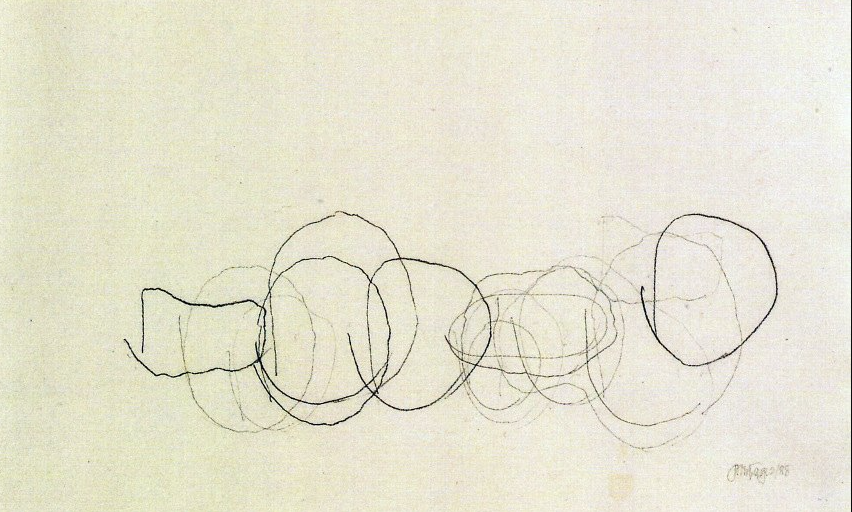John Cage BIOGRAPHY
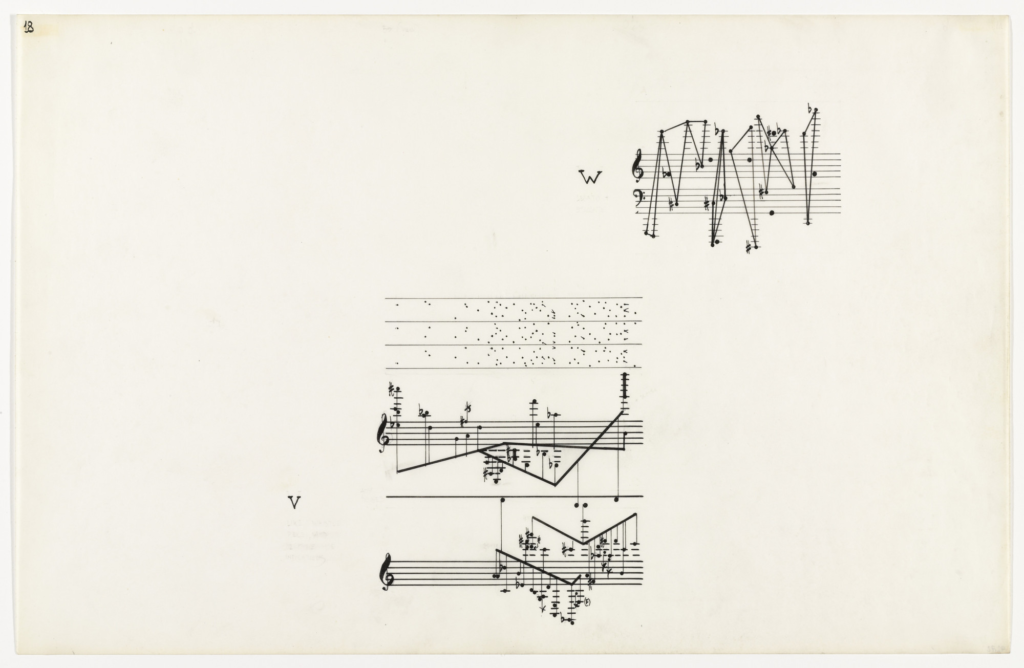
Early Life and Education
John Cage, a renowned American composer and music theorist, had a fascinating early life and education that greatly influenced his unique approach to music. Born in Los Angeles in 1912, Cage grew up in a creative and intellectually stimulating environment. His father was an inventor, and his mother was a journalist and amateur artist. This exposure to innovation and artistic expression from a young age helped shape his unconventional musical style.
Cage’s interest in music began at a young age. He started taking piano lessons as a child and showed great promise as a musician. After graduating high school, he pursued his passion for music at Los Angeles City College and later at the University of Southern California. At USC, Cage studied composition with renowned composers such as Arnold Schoenberg, who had a significant influence on his musical development.
During this period, Cage was exposed to avant-garde ideas and experimental approaches to music. He became interested in exploring unconventional sounds and expanded his understanding of what could be considered music. It led him to experiment with prepared pianos, where he placed various objects on or between the strings to alter the instrument’s sound.
Cage’s education went beyond traditional music theory. He also studied philosophy, Eastern religions, and Zen Buddhism, which had a profound impact on his artistic philosophy. Cage believed in “purposeless play,” where creating music was more important than any specific outcome or intention.
What is John Cage known for?
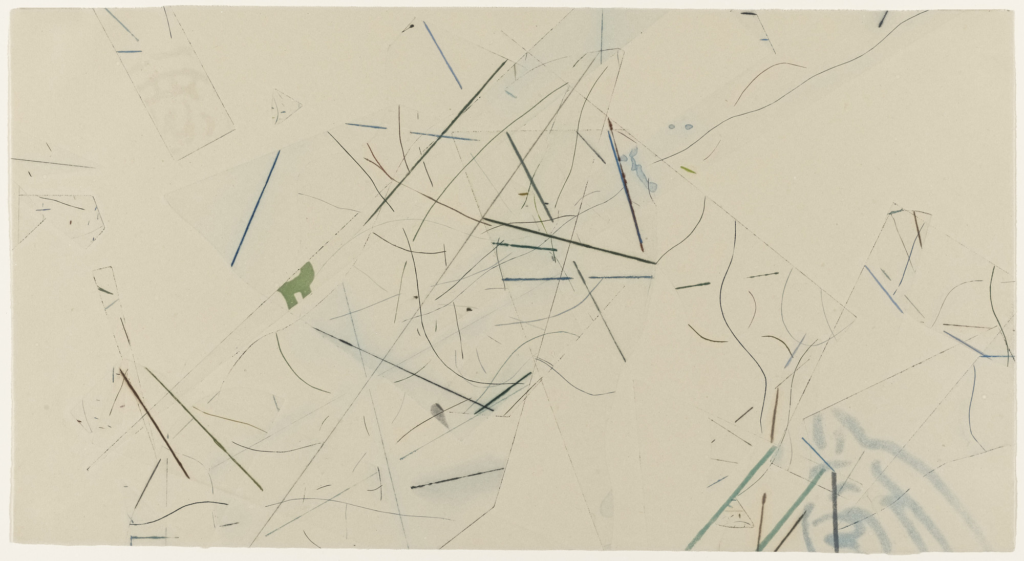
John Cage was best known as a composer and music theorist. He pioneered experimental music and is often associated with the development of indeterminacy in music, where aspects of a composition are left to chance or the performer’s discretion.
Cage also explored unconventional instruments, such as prepared piano, where objects are placed on or between the strings to alter the sound. Throughout his career, Cage pushed the boundaries of what was considered music and inspired generations of composers and artists to think outside the box.
Career highlights
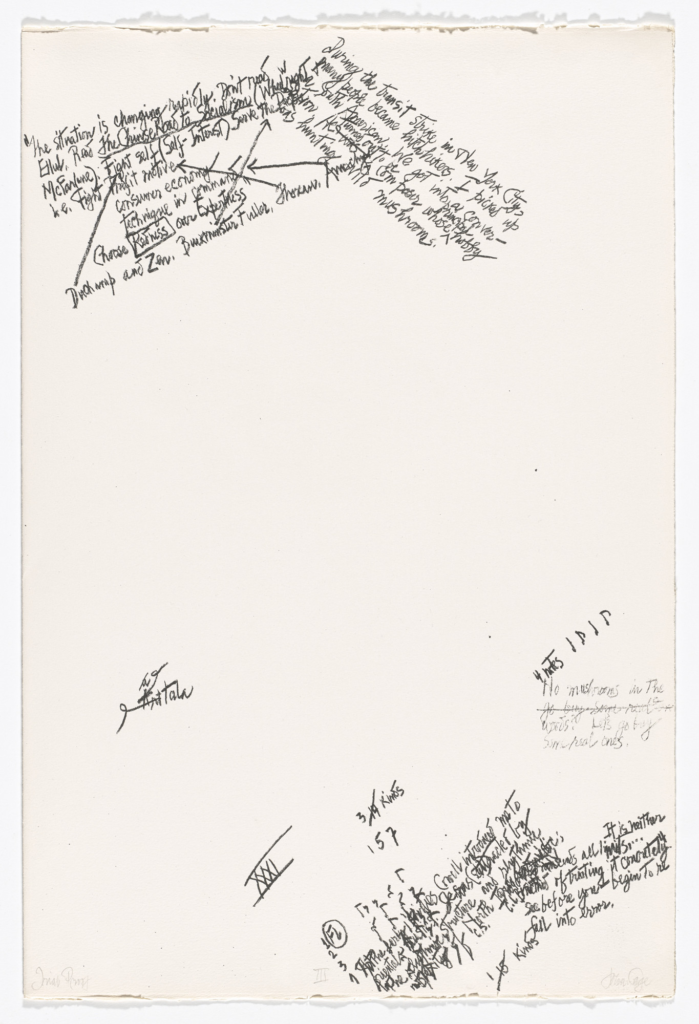
How did John Cage become a musician?
Several factors influenced John Cage’s journey to becoming a musician. One of the key inspirations for Cage was his interest in the works of artist Marcel Duchamp and his concept of “found objects” in art. Cage applied this idea to music, exploring unconventional sounds and ways of creating music. He also drew inspiration from Eastern philosophies such as Zen Buddhism, which emphasised the importance of silence and non-intention in art. It led Cage to experiment with silence and incorporate it into his compositions.
Another influential factor in Cage’s musical development was his exposure to the works of composer Arnold Schoenberg and his twelve-tone technique. This exposure pushed Cage to challenge traditional notions of harmony and structure in music, and he began to explore new ways of organising sound.
Cage’s interest in chance operations and indeterminacy also played a significant role in his musical development. He believed in relinquishing control over the creative process and allowing elements of chance to shape the outcome of his compositions. This approach led to the development of his famous piece, 4’33”, which consists of four minutes and thirty-three seconds of silence, where the ambient sounds of the environment become the “music.”
What inspired John Cage to write music?
John Cage’s journey as a musician was shaped by his exploration of unconventional sounds, his interest in Eastern philosophies, his exposure to Schoenberg’s techniques, and his embrace of chance operations. These influences combined to create a unique and innovative approach to music that continues to inspire musicians and artists today.
What instruments did John Cage write?
John Cage was a prolific composer who wrote music for various instruments. He was known for his experimental and avant-garde approach to music, often incorporating unconventional elements and techniques. Some tools he wrote for include the piano, prepared piano, percussion instruments, voice, and electronic instruments.
What piece is John Cage most famous for writing?
One of John Cage’s most famous compositions is his 4’33”. It is a unique composition in which the performer sits at a piano or any other instrument for four minutes and thirty-three seconds without playing a single note. The concept behind this piece is to focus the audience’s attention on the sounds of the surrounding environment, highlighting the idea that even silence can be considered music.
John Cage’s body of work includes various compositions for different instruments. Still, it is his experimental and groundbreaking pieces like 4’33” that have made him one of the most influential composers of the 20th century.
John Cage List of Work
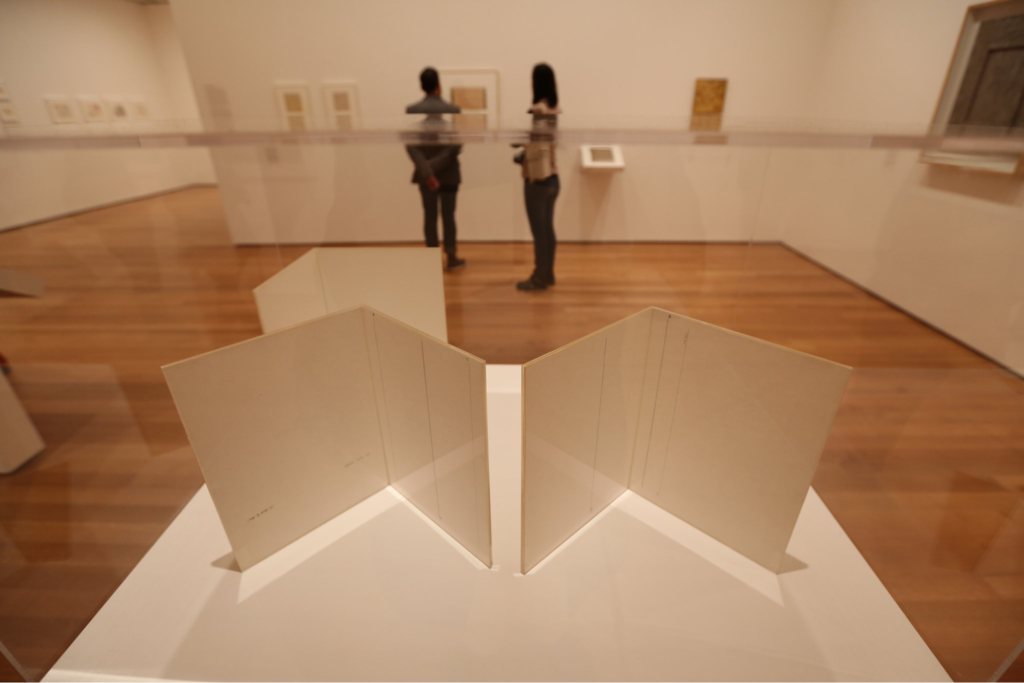
What was John Cage’s style of art?
Conceptual Art
Neo-Dada
Fluxus
Notable Artworks
John Cage was a highly influential and innovative composer, writer, and visual artist. Throughout his career, he created numerous notable artworks that pushed the boundaries of traditional art forms and challenged conventional ideas about music and sound.
One of Cage’s most famous works is:
4’33” | It is a piece in which the performer sits at the piano for four minutes and thirty-three seconds without playing any notes, allowing the ambient sounds of the environment to become the “music.” This piece challenged traditional notions of what music could be and sparked debate and controversy. |
I Ching | He developed a method called the I Ching, which involved using chance procedures to determine various aspects of his compositions. This approach allowed for unpredictability and randomness in his work, challenging traditional notions of control and authorship. |
In addition to his compositions, Cage also created visual art pieces that reflected his unique perspective on art and aesthetics. He often incorporated unconventional materials and techniques in his artwork, such as found objects and chance-based processes. This interdisciplinary approach blurred the boundaries between different art forms and expanded Cage’s artistic vision.
Exhibitions and Achievements
Throughout his career, Cage received numerous accolades and recognition for his groundbreaking work. He was awarded the National Medal of Arts by the U.S. government in 1982, and he also received honorary doctorates from several prestigious universities.
His artworks have been exhibited in major museums and galleries around the world, and his influence can be seen in the work of countless artists and musicians who his ideas have inspired.
Follow John Cage on social media
Instagram: https://www.instagram.com/johncagetrust/
Twitter: https://twitter.com/JohnCageTrust?ref_src=twsrc%5Egoogle%7Ctwcamp%5Eserp%7Ctwgr%5Eauthor
